Unamortized Cost: The actual cost of an asset or concession less the depreciation or amortization of such item, generally on a straight line basis (e.g., landlord’s work and/or a brokerage commission, free rent concession, tenant improvement allowance or professional fees incurred in connection with a lease).
Unamortized Cost Reimbursement: In the context of a commercial lease, the unamortized amount to be reimbursed by a landlord or tenant upon the occurrence of a certain event (e.g., upon the surrender of the space by a tenant prior to lease expiration or upon the exercise by landlord of an early termination right).
Usage Restrictions | Use Restrictions | Tenant Use Restriction(s): Restrictions imposed by a landlord on a tenant which limit the permitted use of a building, shopping center and/or premises. Example: a prohibition against the use (and leasing of) a building to a (1) federal, state or local governmental division, department or agency, (2) a wet use of any kind or (3) a nightclub or cabaret.
Use (Clause): A provision in a lease specifying the permitted use allowed for a tenant’s particular space. Tenant advocates prefer the permitted use to be as broad as possible, whereas conversely, due to their need and desire to have as much control as possible over their tenant mix and profits, landlord prefer a tenant’s permitted use to be as narrow as possible.
Useable Square Feet (“USF”) | Useable Square Footage: The actual wall to wall space within the premises or a building. For example, if a rectangular space contains fifty (50) 2’ x 2’ ceiling tiles going one way and twenty (20) 2’ x 2’ ceiling tiles going the other way, the useable square footage of the space would be considered to be one thousand (1,000) USF.
Utility: The services required to operate a business in a space such as electricity, water, air conditioning, heat, etc. Utilities can either be obtained directly from public utility companies or supplied by the landlord via a sub-meter.
Union Contractors Versus Non-Union Contractors: Given the building boom across many parts of the United States, and the never ending quest of developers to control costs and increase profits, battles continue to rage between the use of union workers and non-union workers. Politics aside, at the forefront of the dilemma when choosing which group to employ are (1) safety, training and skill set concerns on the one-hand and (2) on the other hand, the differential in costs between union and non-union workers (with estimates ranging from 10% to 15% higher pricing for union workers to as much as 25% to 30% higher).

